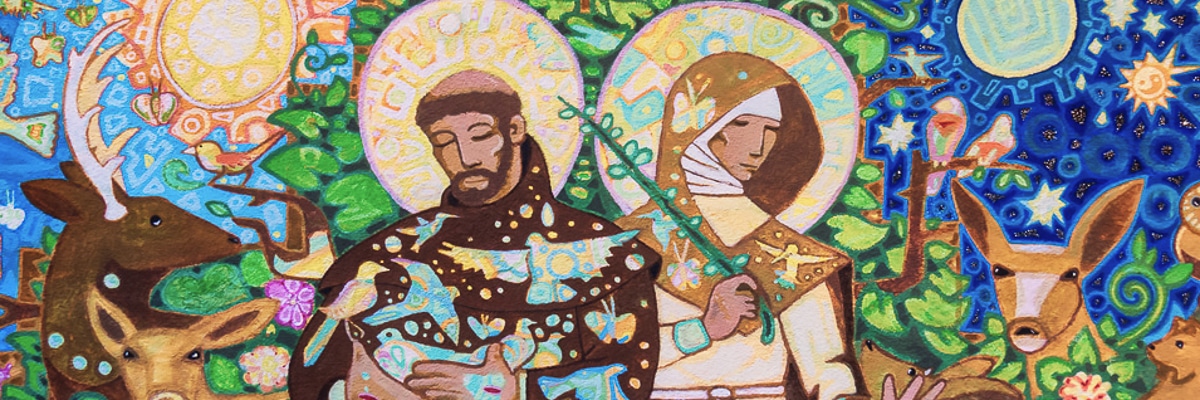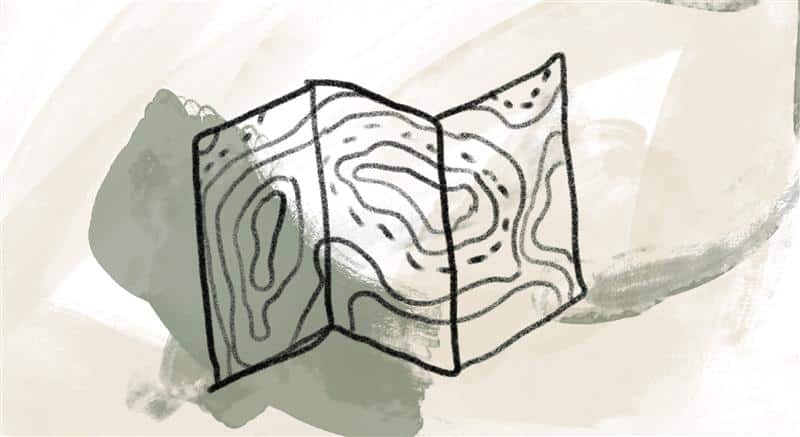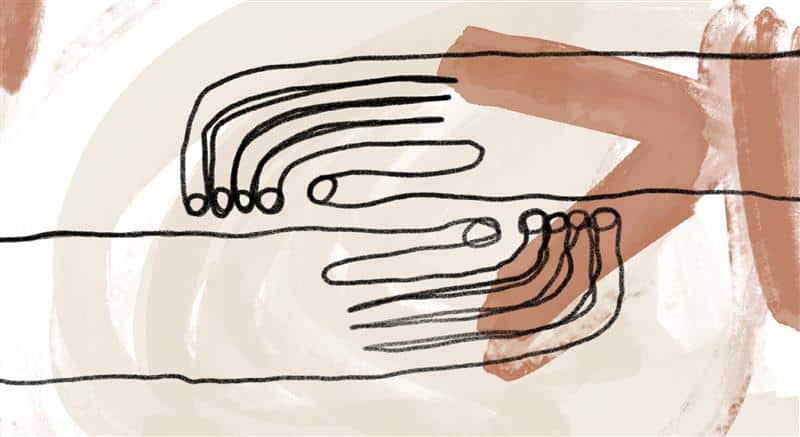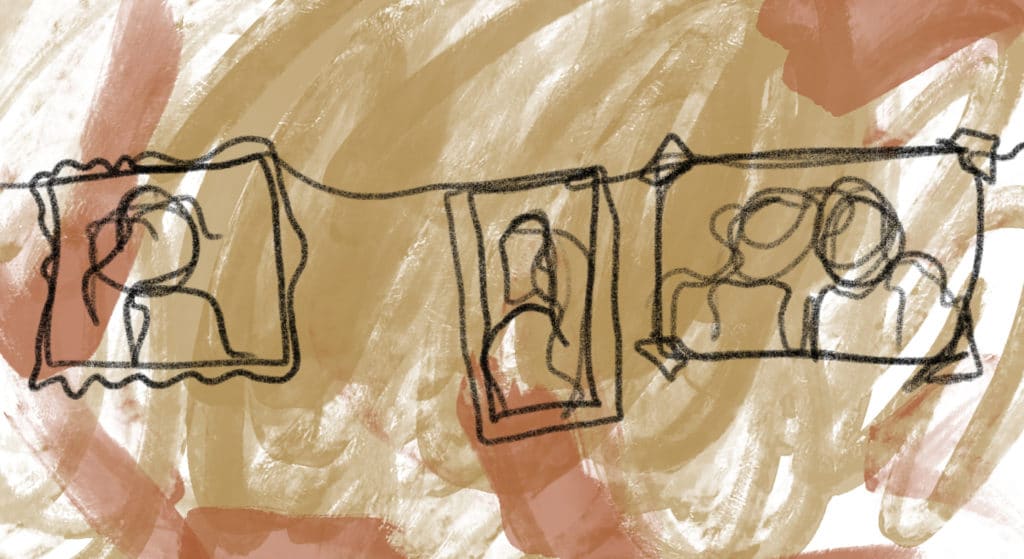
Feast of St. Francis of Assisi
Richard Rohr names the passing on of love as the great gift of Francis of Assisi:
Contemplative minds and hearts such as those of Francis and Clare are alone prepared to hand on the Great Mystery from age to age and from person to person. The utilitarian and calculating mind distorts the message at its core. The contemplative, nondual mind inherently creates a great “communion of saints,” which is so obviously scattered, hidden, and amorphous that no one can say, “Here it is,” or “There it is,” but instead it is always “among you” (Luke 17:21)—invisible and uninteresting to most, but obvious and ecstatic to those who seek (see Matthew 22:14).
From the Trinity to Jesus, the energetic movement of receiving and giving Love begins. Then, from Jesus to many—Francis and Clare, Bonaventure and Scotus, Thérèse of Lisieux, Teilhard de Chardin, Mother Teresa, Thomas Merton, Dorothy Day, Pope Francis, and now we ourselves—we are all part of this one great parade, “partners in God’s triumphal procession,” as Paul calls it, “spreading the knowledge of God like a sweet smell everywhere” (2 Corinthians 2:14), much more a transmission of authentic life and love than of mere ideas or doctrines.
It is remarkable to know that findings about mirror neurons almost prove that this energetic movement is the case, even physiologically and interpersonally. [1] It is not just pious poetry. If we have never received a gaze of love, we do not even have the neural ability to hand it on. We cannot really imagine love, much less pass it on, until we have accepted that someone—God, another person, or even an animal—could fully accept us as we are.
Human history is one giant wave of unearned grace, and each of us is now another wave crashing onto the sands of time, edged forward by the many waves behind us. We are fully loved and adopted children in God’s one eternal family which is open to all. To accept such an objective truth is the best and deepest understanding of how the Risen Christ spreads his forgiving heart through history. It is Love that we are passing from age to age—even the very love of God.
Our only holiness is by participation and surrender to the Body of Love, and not by any private performance. This is the joining of hands from generation to generation that still can—and will—change the world, because Love is One, and this Love is either shared and passed on or it is not the Great Love at all. The One Love is always eager, and, in fact, such eagerness is precisely the giveaway that we are dealing with something divine and eternal.
Francis’ revolution is still in process, and it cannot fail, because it is nothing more or less than the certain unfolding of Love itself, which, as Paul declares, “never fails” (1 Corinthians 13:8).
References:
[1] Nancy K. Morrison and Sally K. Severino, Sacred Desire: Growing in Compassionate Living (West Conshohocken, PA: Templeton, 2009). These two doctors—neighbors of ours here in Albuquerque—make clear the very neural foundations for love and holiness.
Adapted from Richard Rohr, Eager to Love: The Alternative Way of Francis of Assisi (Cincinnati, OH: Franciscan Media, 2014), 205–207.
Image credit and inspiration: Dimitri Kadiev, Be Praised—mural of Francis and Clare on the side of the CAC (detail), photo of paint on adobe wall. Click here to enlarge image. This mural art on the outside of the CAC represents Francis’ love and acceptance of life in its varied and diverse manifestations.
Story from Our Community:
I am getting married for the first time at age 63. I was exposed to much negativity about my body and sexuality, and that affected me for many years. My marriage now would not be possible without the beautiful teachings of Richard Rohr and Cynthia Bourgeault. I’ve come to understand that love between partners is at the heart of Christ’s teaching. Our love for each other is a stepping stone to realizing God’s love, as demonstrated by the love between St. Francis and St. Clare. My marriage embodies the beauty and truth of these teachings.
—Louise N.




